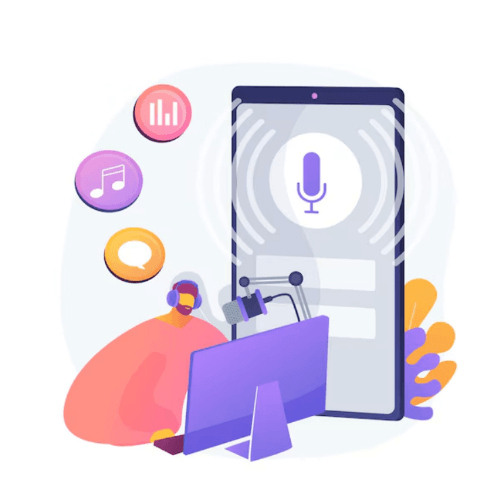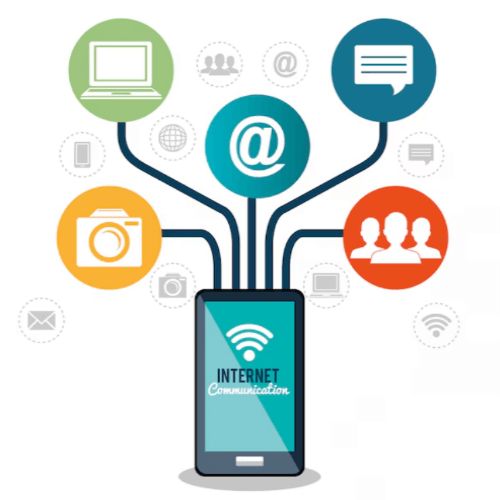1
VoIP (Voice over Internet Protocol) Solutions
These solutions enable voice communication over the internet, often providing cost-effective alternatives to traditional phone systems. Popular examples include Skype, Zoom, and various business-oriented VoIP providers.
These solutions are used by businesses to manage and optimize customer interactions through phone calls. They might include features like call routing, IVR (Interactive Voice Response), call recording, and analytics.
Integrating telephony systems with customer relationship management (CRM) or other business software can enhance communication and streamline processes. For instance, integrating phone systems with CRM software can provide agents with customer information during calls.
4
Remote Work Communication Solutions
With the rise of remote work, telephonic solutions that support virtual team communication and collaboration have become essential. This could include tools like Microsoft Teams or Slack, which offer voice calling features.
5
Automated Messaging Solutions
These solutions use automated phone calls or text messages to deliver important information or notifications. They're commonly used in areas like appointment reminders, delivery notifications, and emergency alerts.
6
Mobile App Call Integration
Some mobile apps allow users to initiate voice calls directly from within the app, providing a convenient communication channel for users.
These solutions integrate various communication methods, including telephony, email, instant messaging, and video conferencing, into a single platform.
In the healthcare industry, telephonic solutions can refer to telemedicine platforms that enable patients to communicate with healthcare providers remotely via phone or video calls.








